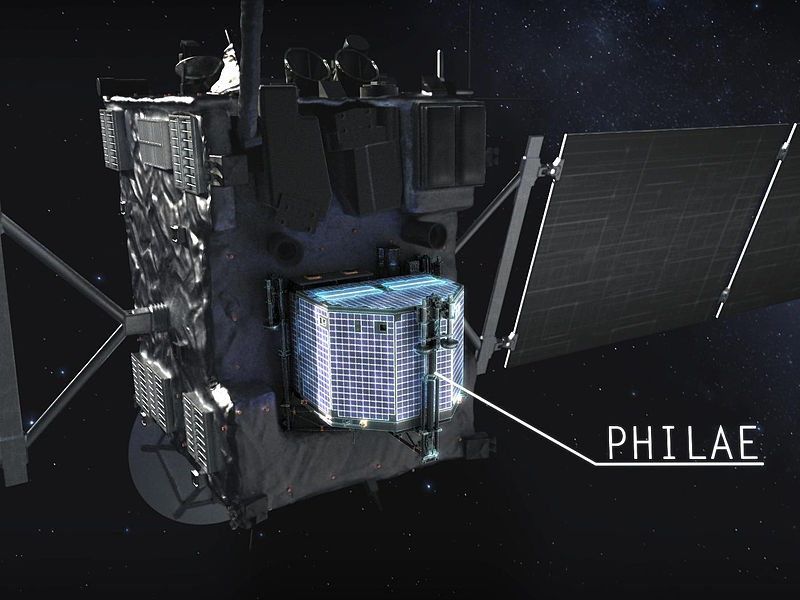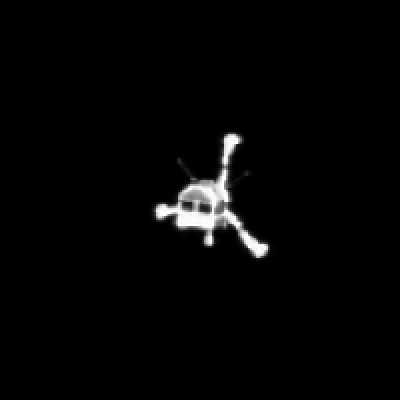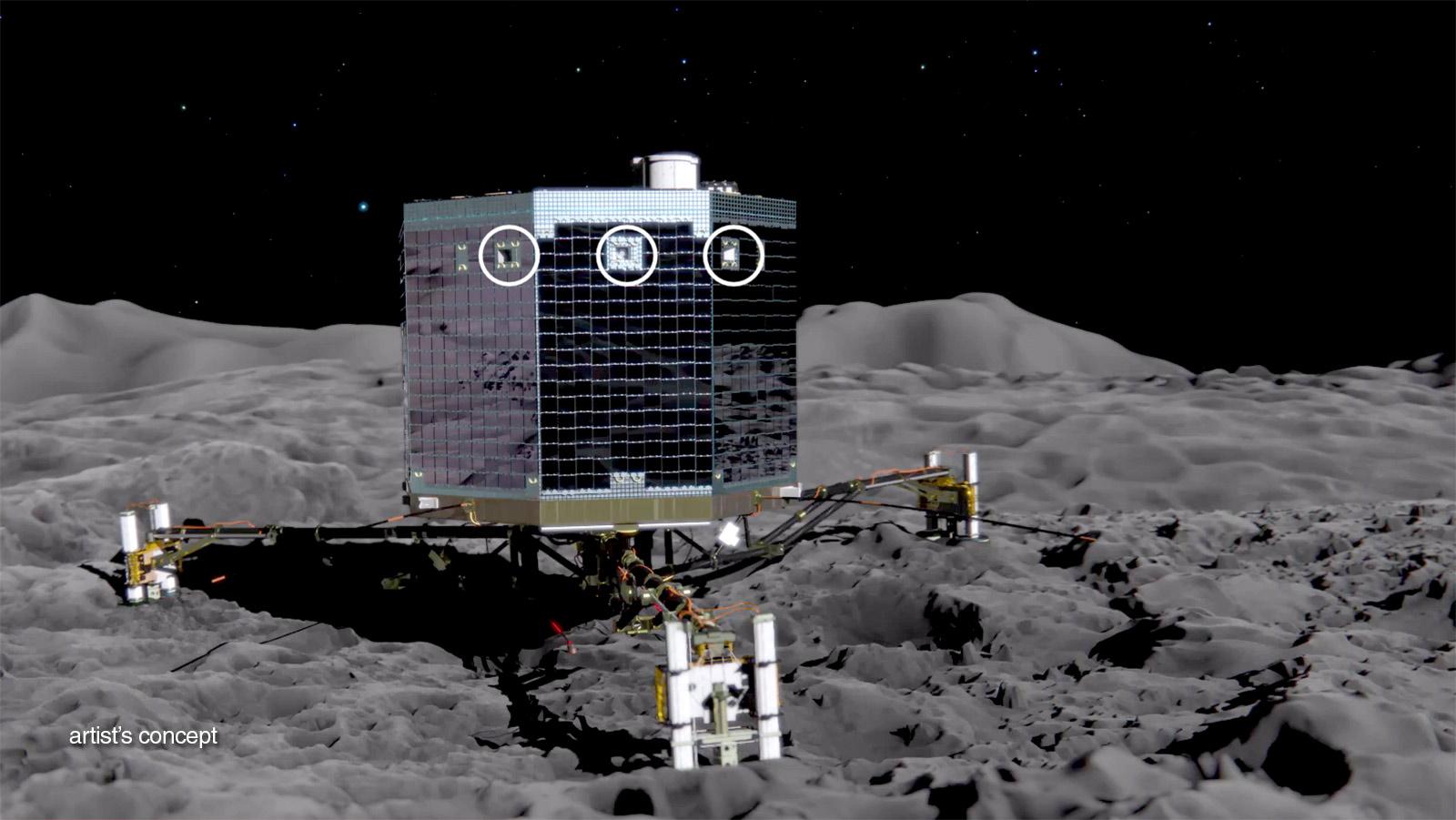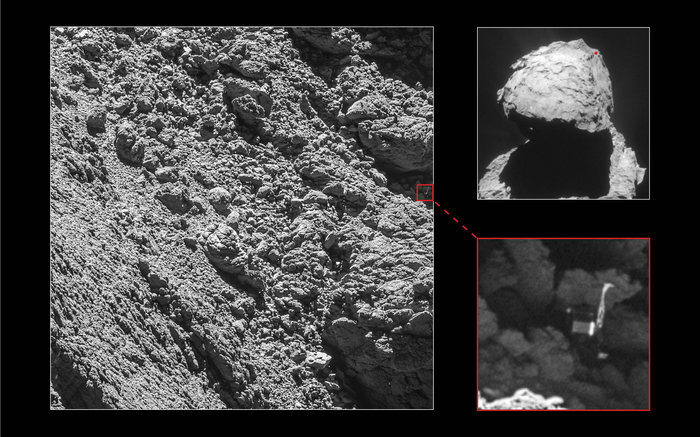Philae | Rosetta Deploys The First Comet Lander!
ESA’s Philae Lander
The Rosetta spacecraft, and the piggy-backing Philae lander, were launched on an Ariane 5 rocket on March 2nd 2004 arriving at comet 67P/Churyumov–Gerasimenko nearly 10 ½ years later! Philae's objective was to land on the surface of a comet and transmit analysis of the comet's composition. Philae attempted a ‘soft landing’ on November 12th 2014, but was lost for nearly 2 years!
Summary Of Philae And Its Rough Landing!
Philae was a small robotic lander that piggy-backed on the European Space Agency’s (ESA) Rosetta spacecraft, on a journey to land on the comet 67P/Churyumov–Gerasimenko nearly eleven years after being launched by an Ariane 5 rocket and leaving Earth. The lander was named after the Philae obelisk, which was used along with the Rosetta Stone, to decipher Egyptian hieroglyphs. This is symbolic of the Rosetta mission to use the study of a comet to help understand the evolution of the solar system!
Philae carried a science payload consisting of ten small instruments which comprised ¼ of the landers 98kg (216 lbs) weight. Philae’s surface mission was planned to last 4-5 months.
On November 12th 2014, after 10 years and 8 months travelling with Rosetta, Philae attempted a soft landing on the comet’s surface at 3.6 km/h (2.2 mph) – that’s slower than walking! However, Philae bounced twice when its anchoring harpoons and ‘hold down’ thruster failed. After bouncing to a height of 1 km (0.6 miles), it did achieve the first-ever "soft" landing on a comet, albeit coming to rest on its side some distance from the planned landing site.
Philae soon sent back the first images and made the first direct compositional analysis from a comet's surface. Three days later, Philae entered safe mode, as it's onboard batteries had run low due to it solar panels not pointing towards the Sun.
ESA mission control had hoped that as the comets orientation changed during its orbit, the solar panels would receive additional sunlight that might be sufficient to reboot the lander. The Rosetta spacecraft, which continued to orbit the comet, only received occasional signals from Philae for 3 weeks in June and July of 2015, after which, ESA controllers deemed the missing lander dead.
However, ESA was still keen to identify the final resting place of little Philae, in part to help interpret what data it had sent from the surface. So as Rosetta’s mission drew to a close, it would gradually lower its orbit in an attempt to locate Philae.
On 2 September 2016, Rosetta finally photographed Philae lying on its side in the shadow of a cliff after being missing for nearly 2 years! Later that month on September 30th 2016, the Rosetta spacecraft itself would make a controlled hard landing on the comet's surface bringing its mission to an end too!







